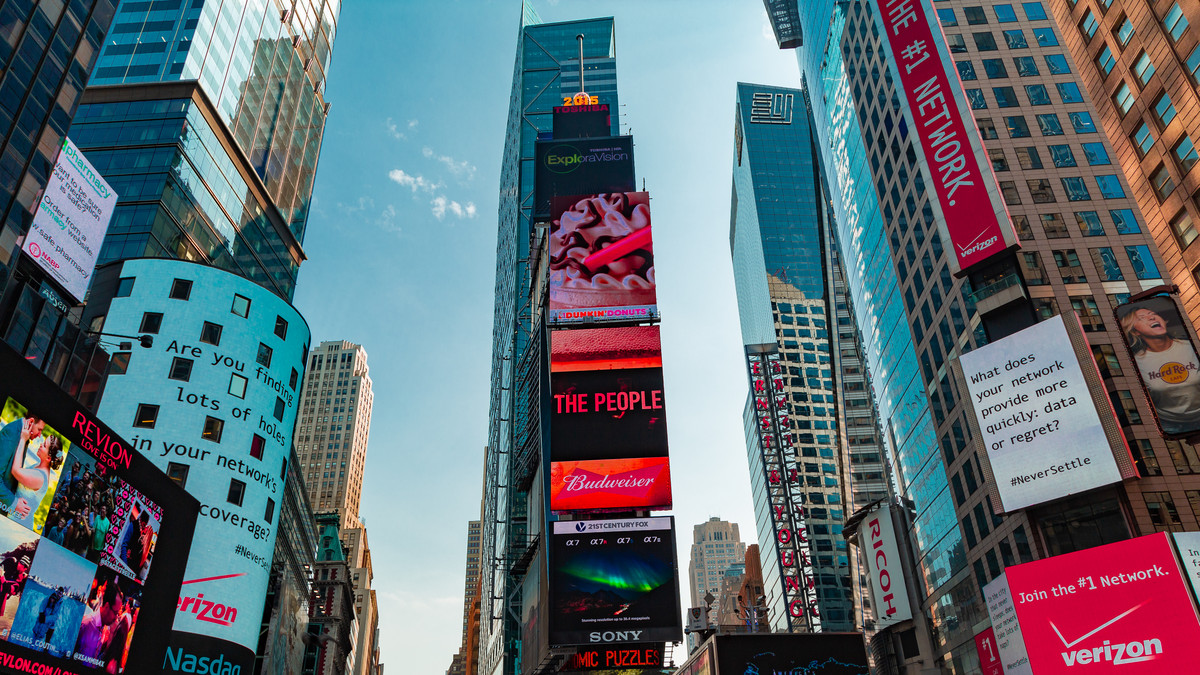Blockchain is a term that gets thrown around at almost every conference nowadays. Even restaurant conferences like the Restaurant Franchising and Innovation Summit did a session this year on what the blockchain is and how it will affect the restaurant industry. There are two reasons for all this talk: first, many people recognize the potential of blockchain, and second, very few people understand what it is.
Blockchain has the potential to transform a variety of industries, and that includes digital-signage advertising. But first, we have to have a clear grasp of what blockchain is.
What is it?
Blockchain is a fancy word for a decentralized ledger. In other words, it is a database that is not centralized within one central location or organization but by multiple computers or organizations. It is a database that is governed by not one, but many actors.
Typically, blockchain has been used for cryptocurrencies because it can accurately and securely record transactions, without much chance of someone’s tampering with it. After all, if every computer on the blockchain network has access to the same record, any changes would be instantly noticeable.
The first blockchain was created by Satoshi Nakamoto, the anonymous creator of bitcoin, to securely record and process bitcoin transactions. Because of this, many discussions of blockchain will focus on the cryptocurrency bitcoin. However, the blockchain has grown beyond bitcoin to many different areas such as:
- Smart contracts.
- Cross-border payments.
- Identity management.
- Serving the financially underserved.
So, what does this all have to do with digital signage?
Transforming digital signage
A decentralized ledger like blockchain can affect digital signage in many ways. First of all, it can help confirm impressions for digital-signage advertisements. This kind of technology is already at work with the company VODXS.
This company created a point-of-bathroom sink display that plays advertisements when customers go to wash their hands. It also uses blockchain technology to confirm whether an individual customer actually viewed the advertisement.
“Every VODXS faucet is connected directly to the blockchain, and as soon as this presence is noted, the faucet puts this information into a transaction on the network. Nodes pick up these user-presence indicators and validate whether the indication is likely to be confirmed,” Alex Mardikian, CIO and board member, VODXS, said in a previous story.
A blockchain can also help incentivize content creators for digital out of home campaigns. For example, users can create DOOH content and register these creations on a blockchain so no matter where the content is used, they will receive both credit and payment through cryptocurrency.
On the customer level, DOOH advertisers can also incentivize customers to engage with campaigns through tokenization. For example, a campaign could encourage customers to take a picture of an advertisement and share it on their social media profiles in exchange for cryptocurrency, which can be delivered to an app.
Blockchain technology is growing and expanding every day, so in the future, end users and vendors alike may use it in ways we can’t even imagine.
This article was written by Bradley Cooper from Digital Signage Today. News Features and was legally licensed through the NewsCred publisher network. Please direct all licensing questions to legal@newscred.com.
![]()



